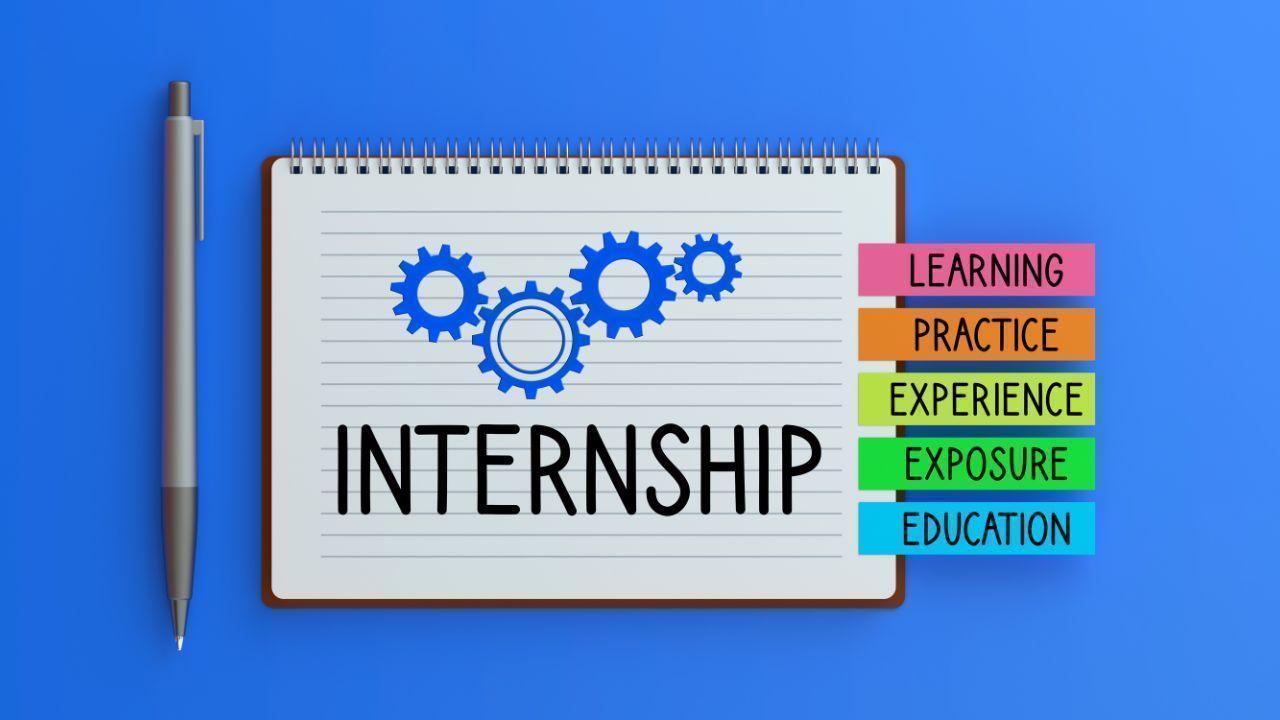

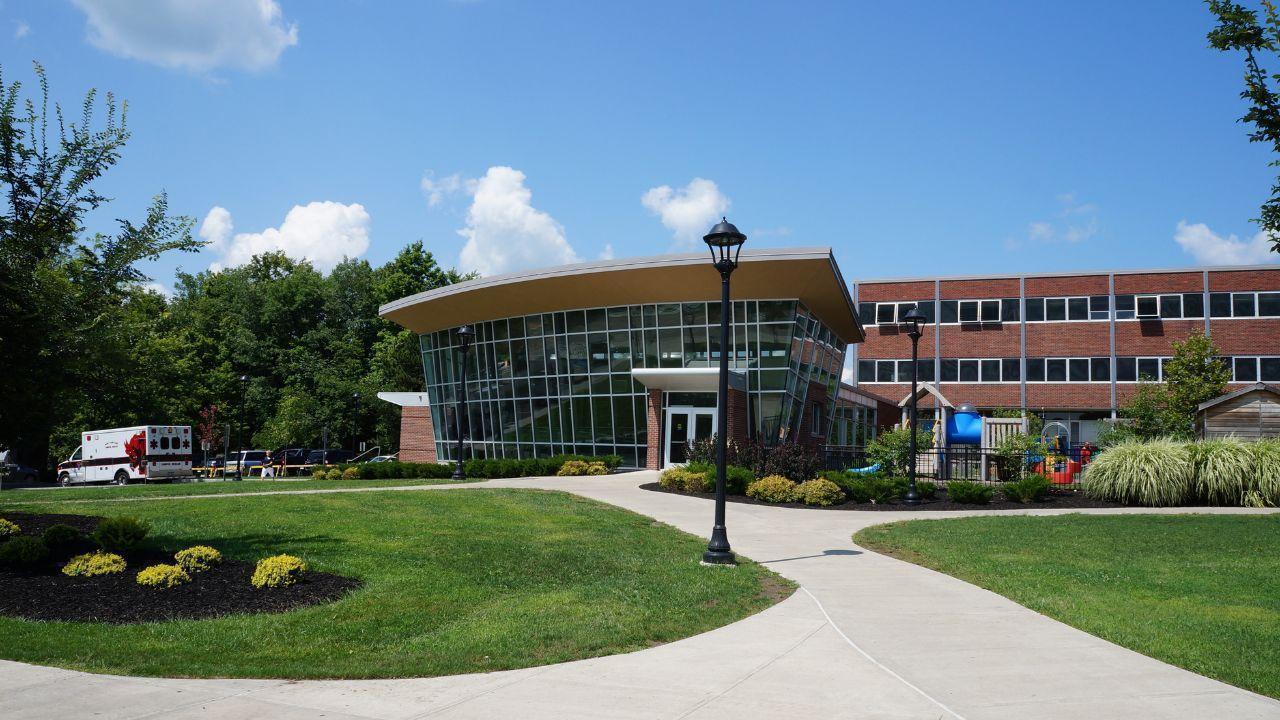
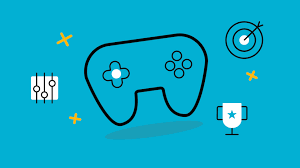
Let’s face it — traditional learning methods can sometimes feel dry or repetitive. But what if learning felt more like playing a game? That’s exactly what gamification in education aims to do. By using game-like elements in classrooms and digital learning tools, educators are transforming the way students engage with content — and it’s working.
Thanks to technology, gamified learning is more accessible and impactful than ever. Let’s explore what gamification is, why it works, and how it's reshaping modern education.
Gamification is the use of game mechanics — like points, badges, leaderboards, and levels — in non-game contexts, such as classrooms or online courses. The goal? To increase motivation, engagement, and enjoyment in the learning process.
Gamification taps into some powerful psychological drivers:
Motivation: Rewards, achievements, and competition push students to stay engaged.
Progress Tracking: Clear goals and instant feedback help learners see how they’re doing.
Sense of Achievement: Completing tasks and earning recognition builds confidence.
Fun Factor: It turns learning into an experience rather than a chore.
It creates a safe environment for failure, encouraging students to try again and learn from mistakes — just like in games.
Kahoot!: A game-based quiz platform used by teachers to make lessons more interactive.
Duolingo: Teaches languages through points, streaks, and daily goals.
Prodigy: A math game where students complete challenges to level up.
Point Systems: Students earn points for homework, participation, or positive behavior.
Badges & Certificates: Recognition for specific skills or milestones.
Class Leaderboards: Friendly competition that encourages collaboration and achievement.
Minecraft: Education Edition: Uses a familiar gaming environment to teach everything from history to coding.
Virtual reality (VR) games: Let students explore ancient civilizations, conduct virtual science experiments, or even practice real-world skills.
Higher Engagement: Students are more likely to pay attention and actively participate.
Better Retention: Concepts stick better when learning is fun and interactive.
Increased Collaboration: Group challenges foster teamwork and communication.
Boosted Confidence: Safe opportunities to try, fail, and succeed empower students.
While gamification is powerful, it’s not a magic fix. Some things to keep in mind:
Not all students are gamers — different learners may respond differently.
Balance is key — too much focus on rewards can distract from the actual learning goals.
Design matters — poorly designed games can confuse or frustrate students.
Equity & Access — all students should have access to the tech and tools needed.
As EdTech continues to evolve, gamification is becoming more sophisticated — using AI to personalize experiences, VR to deepen immersion, and analytics to fine-tune feedback.
We’re entering an era where learning feels like an adventure, and students are not just memorizing facts — they’re solving problems, exploring worlds, and leveling up their skills in meaningful ways.
Gamification reminds us that fun and learning don’t have to be opposites. With the right tech and thoughtful design, games can inspire curiosity, build resilience, and transform education from passive to playful.
Because when students are having fun — real learning happens.
#trending #latest

University Internships That Help You Get a Job After Graduation... Read More.

Is It Smarter to Start at a Community College... Read More.
 Fake posts hit Czech PM Fiala's X
Fake posts hit Czech PM Fiala's X
Fake posts disrupt Czech PM Fiala's X account security
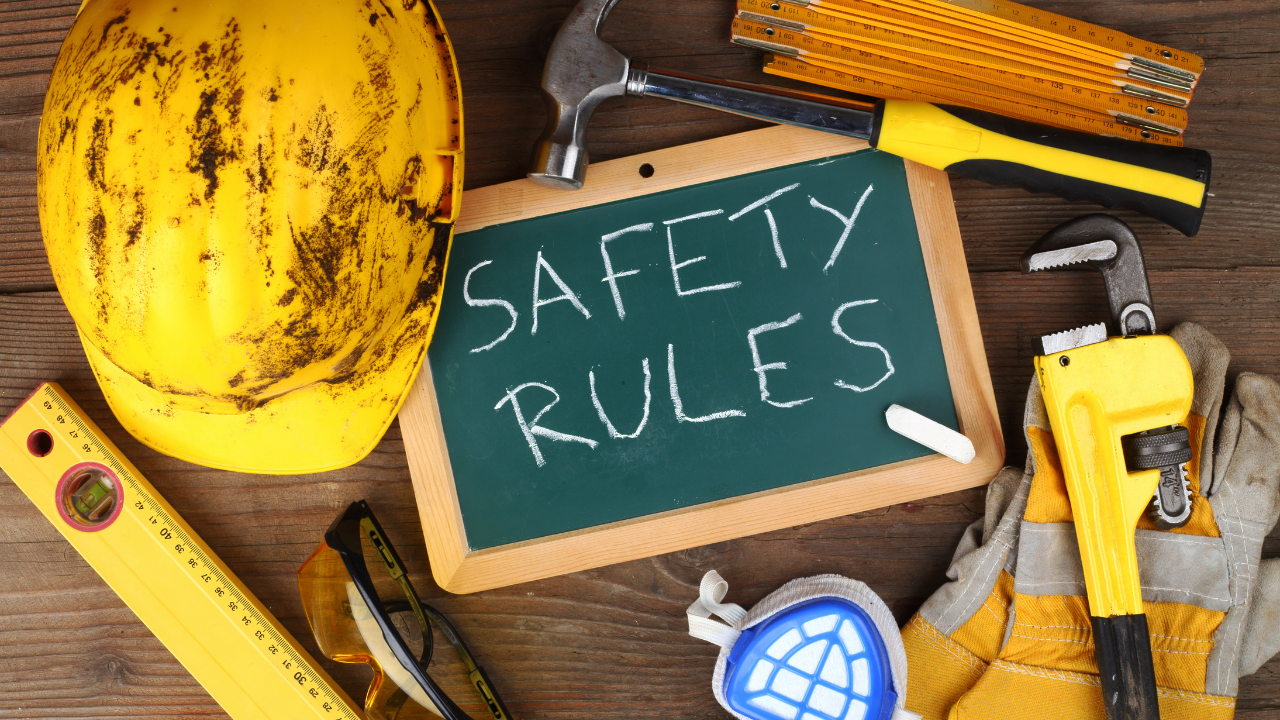 Switzerland Tightens Export Rules
Switzerland Tightens Export Rules
Switzerland expands export controls on dual-use goods
 Google unveils Ironwood AI chip
Google unveils Ironwood AI chip
Google introduces Ironwood chip to accelerate AI tasks & apps
 TSMC Q1 revenue up 42%
TSMC Q1 revenue up 42%
TSMC sees 42% revenue surge in Q1, surpassing forecasts
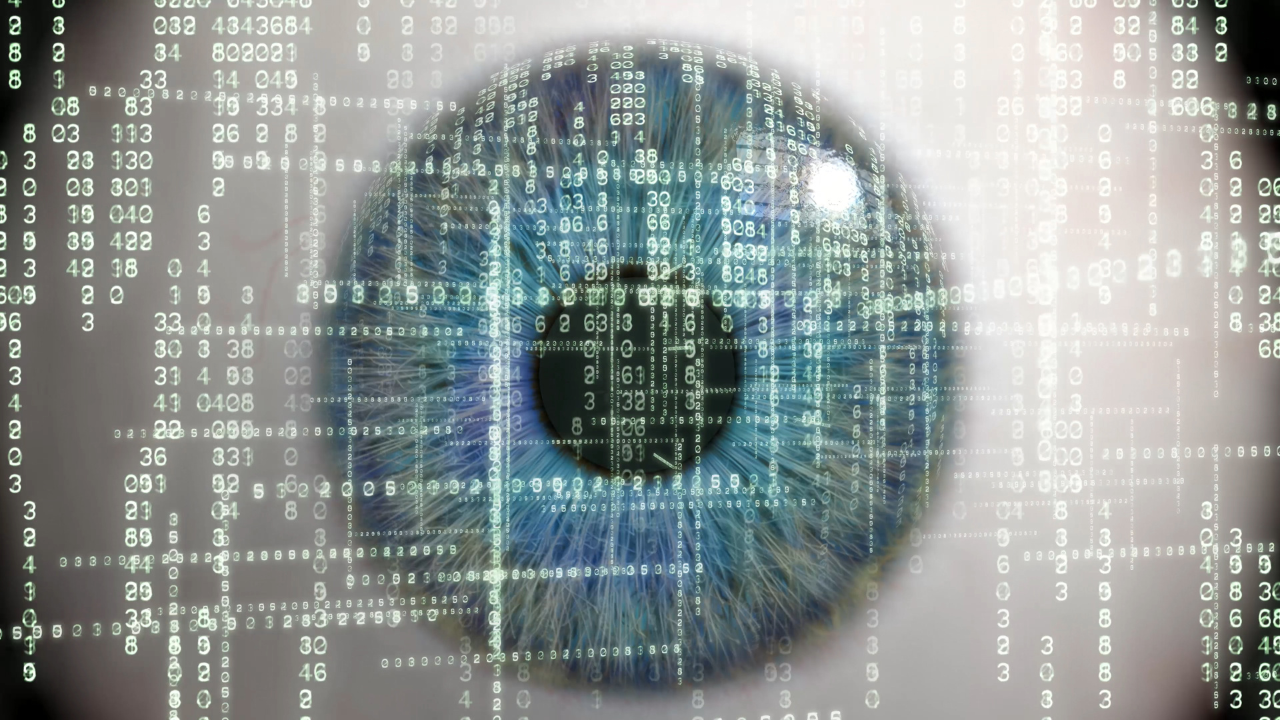 Amazon CEO Outlines AI Vision
Amazon CEO Outlines AI Vision
Amazon CEO reveals AI investment plans in new letter
 Osaka Hosts World Expo 2025
Osaka Hosts World Expo 2025
Japan blends tech and culture at Osaka Expo 2025 launch
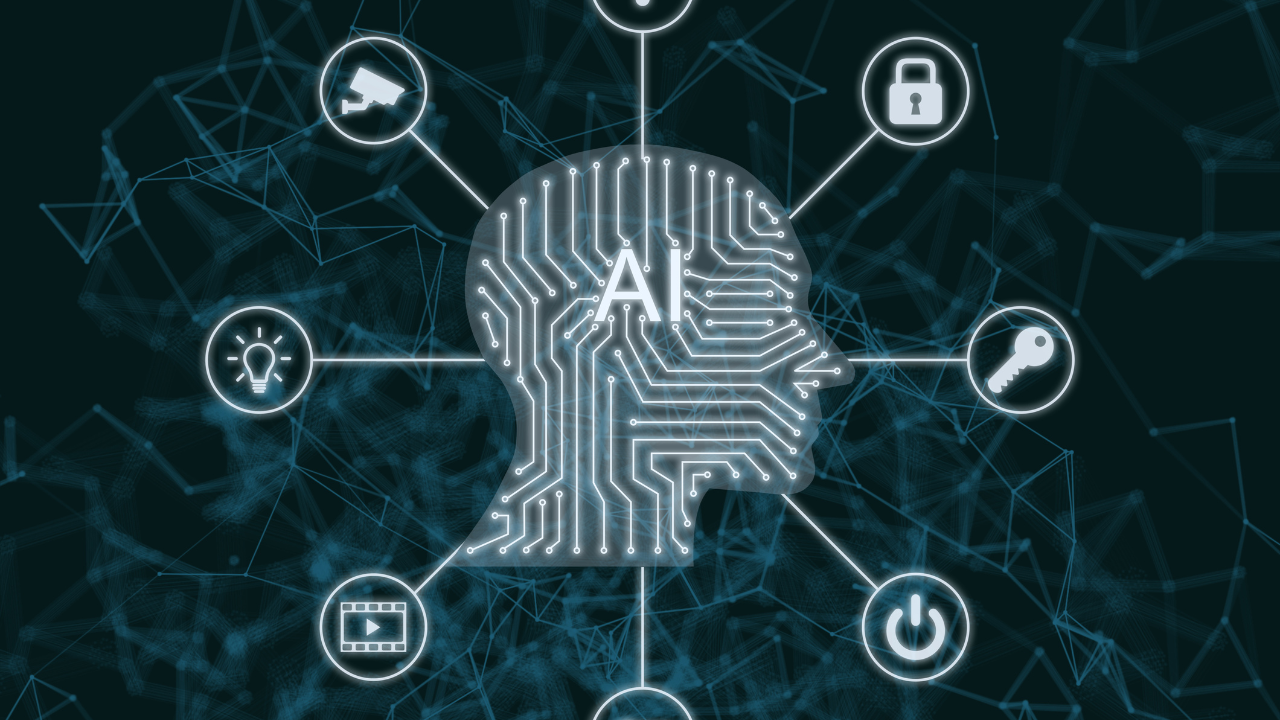 A16z Plans Big Bet on AI Startup
A16z Plans Big Bet on AI Startup
A16z may lead huge round in ex-OpenAI CTO’s new AI firm.
© MyEduGoal. All Rights Reserved. Design by markaziasolutions.com